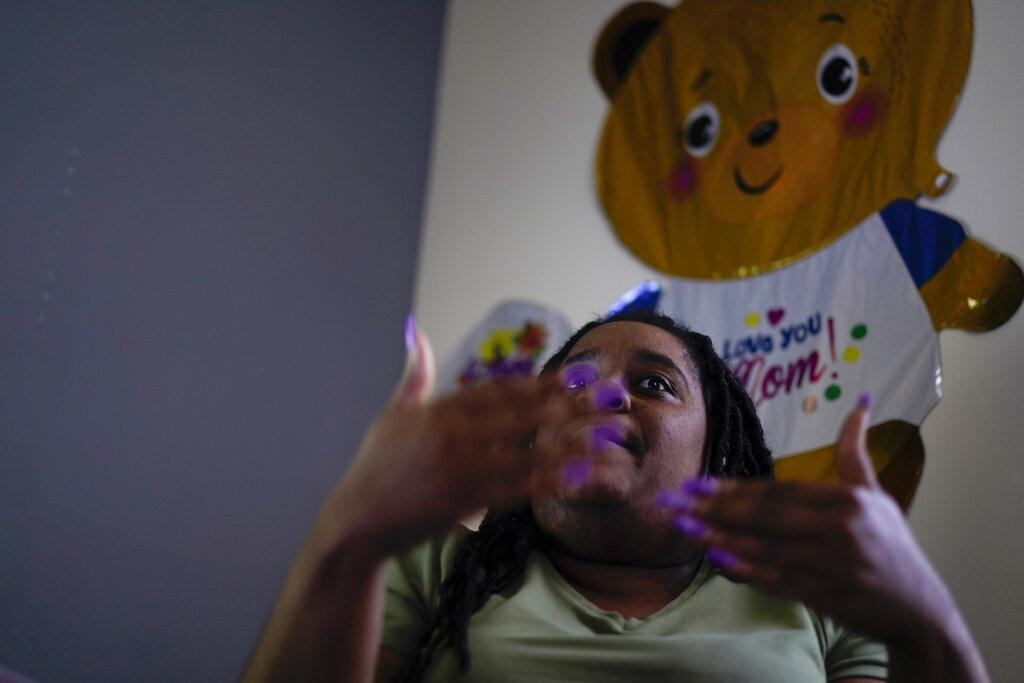Vermicomposting is an amazing process to witness. You can see Nature do her miracle work of transforming your waste into a valuable soil amendment with red wiggler worms, known scientifically as Eisenia fetida. These worms have an important purpose and thrive on rotting food, coffee grounds, paper and yard waste, as well as several types of manures.
Reducing our food waste is vital for restoring our planet, since 30%-40% of our food is never eaten. This amounts to 40 million tons going into our landfills each year. The result is the production of methane, which is a major contributor to greenhouse gas emissions.
Food loss happens during production, processing, distribution, retail and with us, not consuming all the food we purchase.
You may have heard about the organic waste reduction law in effect now that requires the state to reduce the disposal of food waste, green waste, wood waste and fibers such as paper and cardboard 50% by 2020 and 75% by 2025. This means the state must reduce organic waste disposal by more than 20 million tons annually by 2025. In addition, starting in 2024, SB 1383 mandates that no organic waste can go in the trash.

Our goal as consumers is to prevent the food in our homes from going into the landfill. And we can! That’s the good news. Best we start now to make new choices in daily life that make a difference.
Vermicomposting is such a choice. Worms are very efficient at breaking down food scraps and can eat over half their body weight in organic matter every day!
The worms produce castings that are often referred to as black gold. Castings, a nice word for worm poop, are truly amazing in producing stronger, healthier, more vital plants, trees, shrubs — anything that grows in soil. This excellent organic fertilizer has a neutral pH, is easily absorbed and is a great source of vital macro and micronutrients, as well as minerals. The castings are also full of beneficial microbes.
You can vermicompost in nearly any container once you understand the basic principles of what the worms need to thrive: adequate air circulation, types of bedding, their favorite waste, moisture levels and moderate temperatures. An old bathtub, garbage can, left over flowerpots, unused garden bed, an old wheelbarrow, and the list goes on. There are also several pre-made commercial vermicomposting systems available for purchase.
Once your worm system is set up, all you do is add your waste and top it off with dry bedding. There is no need to layer or stir to aerate. And it doesn’t smell!
Planning the location for your worm bed, bin or system is key. There are other creatures that like rotting food and succulent worms. It’s best to safeguard against that, and there are many ways to do it. Some popular locations are in the garage, the basement or greenhouse.
If you decide to vermicompost outdoors, the worms will need to be kept warm in winter. They need to be in the shade in the heat of summer and may need some extra watering.
Vermicomposting is a fun and meaningful solution to reducing our food waste and yard waste. It is a fascinating teaching vehicle for children to learn about nature’s way of regenerating. It’s amazing to learn about the anatomy of a worm (they have five hearts!) and how they make the rotting food disappear.
Learning about soil is another amazing study all by itself. This relationship feels essential for us to develop and nurture, to awaken a more intimate, authentic caring for our precious Mother Earth.
Kirsten Cousins is on the WasteNOT team, lives in Nevada City and operates Wise Worm Farm, available for teaching/coaching/consulting on vermicomposting; wisewormfarm@earthlink.net